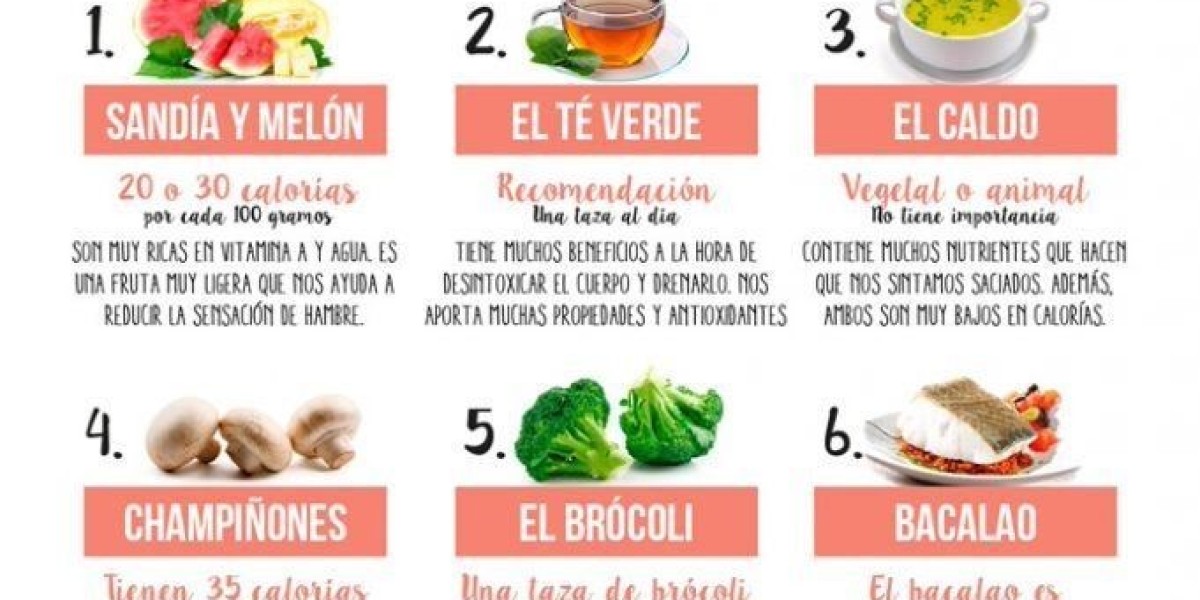What is a Content Marketing Strategy?
A Content Marketing Strategy is a blueprint that outlines how a brand will create, distribute, and manage content to attract, engage, and retain a specific audience. This strategy focuses on providing value through relevant and consistent content, ultimately driving customer action that benefits the business. Whether it's blog posts, videos, social media updates, or eBooks, each piece of content should align with the overall strategy to maximize impact.
Why Do You Need a Content Marketing Strategy?
Having a well-defined Content Marketing Strategy offers several advantages:
- Consistency: A structured plan ensures that content is produced regularly, which builds trust with your audience and keeps them coming back for more.
- Clear Goals: A strategic approach clarifies objectives, making it easier to measure success.
- Improved Audience Engagement: Content tailored to audience interests keeps them engaged and more likely to take desired actions, whether that's sharing, subscribing, or making a purchase.
Steps to Create an Effective Content Marketing Strategy
1. Define Your Goals
Start by identifying what you want to achieve. Common goals for a Content Marketing Strategy include increasing brand awareness, generating leads, boosting conversions, and improving customer loyalty. Setting clear, measurable objectives gives direction and allows you to track progress.
2. Know Your Audience
Understanding your target audience is vital. Conduct research to identify demographics, interests, challenges, and preferences. Creating buyer personas can help in tailoring your content effectively. The more you know about your audience, the easier it will be to create content that resonates and compels them to take action.
3. Conduct a Content Audit
If you already have content, a content audit can help you assess what has worked and what hasn’t. Reviewing past content allows you to identify strengths and weaknesses, providing insights into what to keep, repurpose, or discard. An audit also ensures that your Content Marketing Strategy aligns with current goals.
4. Choose Content Types
Determine the type of content that best aligns with your audience's preferences. Options include:
- Blogs and Articles: Ideal for providing valuable information, building authority, and improving SEO.
- Videos: Effective for storytelling and demonstrating products or services.
- Infographics: Great for presenting complex information in an easy-to-digest format.
- Social Media Posts: Engages followers and expands reach across various platforms.
- Podcasts: Useful for discussing in-depth topics and building a loyal audience.
Select the types that align with your brand’s strengths and resonate with your audience.
5. Create a Content Calendar
A content calendar keeps your team organized and on track. Plan out the topics, formats, and distribution channels for each piece of content. Scheduling posts and coordinating themes around special dates or product launches ensures consistency. Additionally, a well-structured content calendar keeps your Content Marketing Strategy agile, allowing for adjustments based on audience feedback or trending topics.
6. Optimize Content for SEO
For content to be discoverable, it needs to be optimized for search engines. This includes:
- Keyword Research: Identify keywords that your audience is searching for and incorporate them naturally.
- Quality and Length: Content should be long enough to provide value but concise enough to retain interest.
- Meta Descriptions and Headings: Optimize metadata to increase click-through rates and improve search engine rankings.
SEO ensures that your Content Marketing Strategy not only appeals to your audience but also ranks well on search engines, driving organic traffic.
7. Promote Your Content
Publishing content is only half the job. Promoting it across relevant channels is crucial for reaching a larger audience. Use social media, email newsletters, and partnerships with influencers or other brands to amplify your reach. Paid advertising can also be effective, particularly if you're looking to accelerate growth. An effective promotion plan is integral to any successful Content Marketing Strategy.
8. Measure and Analyze Performance
Analyzing performance data allows you to refine your approach. Track metrics like website traffic, engagement rates, conversion rates, and social shares to gauge the effectiveness of your content. Use tools like Google Analytics, social media insights, and CRM systems to collect data and identify trends. Regular analysis enables you to make data-driven adjustments to your Content Marketing Strategy, ensuring continuous improvement.
Tips to Enhance Your Content Marketing Strategy
- Focus on Quality Over Quantity: Rather than churning out multiple pieces of mediocre content, prioritize creating fewer, high-quality items that offer real value.
- Leverage User-Generated Content: Encourage your audience to share their own stories and experiences with your brand. User-generated content builds trust and authenticity.
- Experiment with New Formats: Keep your audience engaged by experimenting with new types of content, such as live videos, webinars, or interactive quizzes.
- Stay Updated on Trends: Content marketing evolves rapidly. Keep an eye on emerging trends, tools, and best practices to keep your Content Marketing Strategy fresh and relevant.
- https://prinikacademy.com/content-marketing-strategy/


